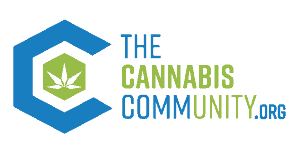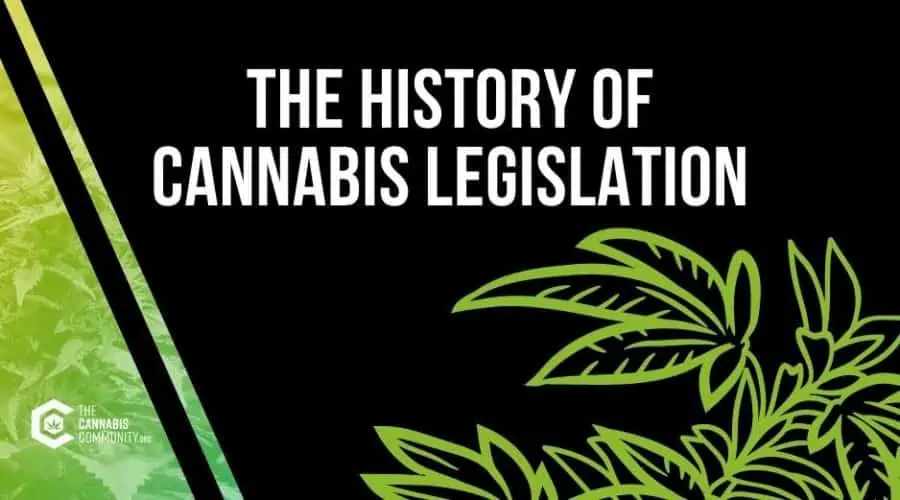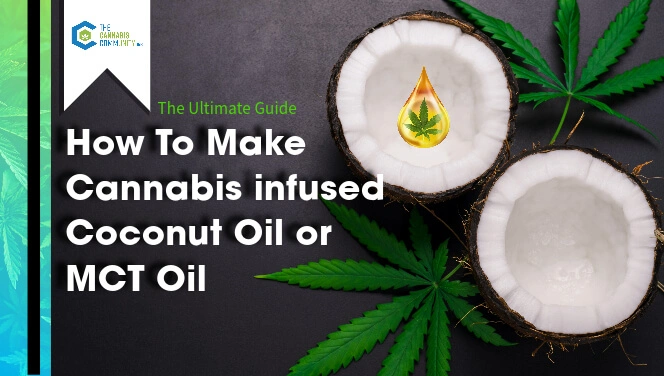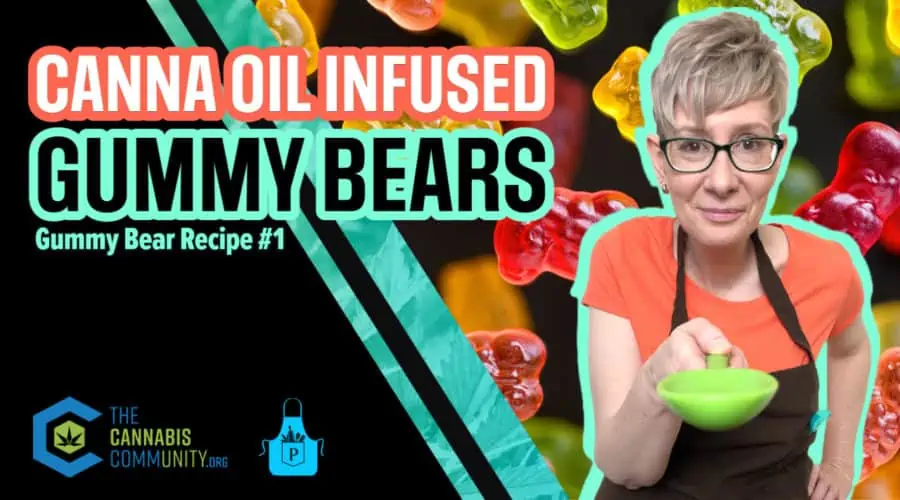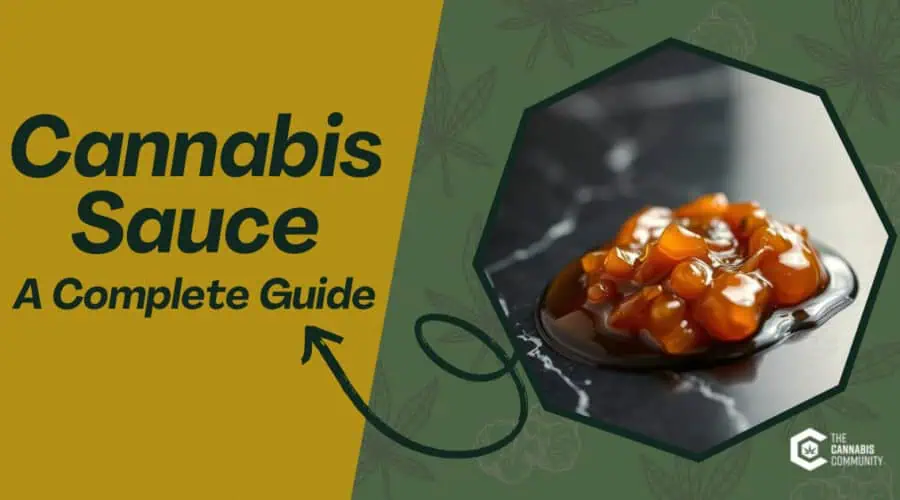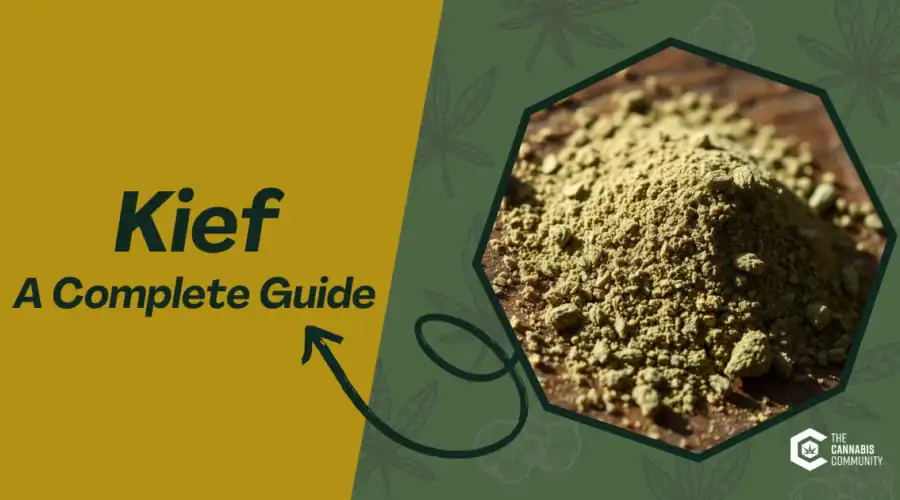The History of Cannabis Legislation and an Homage to its Pioneers
Table of Contents
Anyone who has the slightest interest in the history of cannabis or the industry is aware that the history of cannabis has as many detractors as it does proponents.
The Legalization Debate
The legalization debate encompasses many elements and opinions (factual or not). However, several recurring questions always seem to arise during the discussion:
- Is marijuana a gateway drug to other, more harmful substances?
- How will the legalization of marijuana affect those already incarcerated for marijuana-related offenses?
- Will the legalization of marijuana make communities safer or more dangerous?
- How will the revenue generated by the industry be used to benefit communities as a whole?
- Is cannabis really as effective as people claim when it comes to helping individuals cope with certain physical and mental conditions?
Though the debate may appear relatively recently, questions such as these have been asked for decades.
The only contemporary change in the conversation is the shift from when marijuana will be legal to how legalization will impact society. What are the benefits now that it has been legalized in most states?
Though the dynamics of the debate have changed, the one thing that can’t be questioned is marijuana’s long-standing history in the United States.
The History of Cannabis – As American as Apple Pie
Dating back to the 1600s, Americans, with the federal government’s blessing, used hemp to produce clothing, rope, and sails.
In 1619, the state of Virginia passed legislation that required all farmers to grow hemp. The commodity was considered so valuable it was legally allowed to be traded as legal tender in Maryland, Pennsylvania, and Virginia.
Production across the country flourished until the end of the Civil War. At that time, hemp was replaced by imported goods and materials manufactured domestically.
In the late 1800s, marijuana rose to prominence as an ingredient in several medicinal products sold to the general public by pharmacies.
As it gained popularity, the Pure Food and Drug Act of 1906 mandated the labeling of any products containing cannabis that were sold over the counter.
Shortly thereafter, the Mexican Revolution concluded. With its end came Mexican immigrants into the United States.
It’s worth mentioning many lawmakers of the period attributed the introduction and use of recreational marijuana in the United States to Mexican immigration.
Prejudice and hostility toward the new arrivals became intertwined with marijuana use. As a result, marijuana consumption was demonized.
From the early 1900s through the 1920s, politicians ran on anti-drug campaigns. Rumors circulated that Mexican immigrants were giving marijuana to schoolchildren.
Also, at the time, immigrants and sailors from the West Indies smoked marijuana in port cities along the Gulf of Mexico. Publications in New Orleans associated the substance with African-Americans, prostitutes, and jazz musicians.
The Vilification of Cannabis
The vilification of cannabis peaked with the proliferation of stories about “The Marijuana Menace”.
It was considered a drug that was used by social deviants, sub-human races, and the dregs of society.
The strategy worked.
The federal government deemed marijuana illegal in the late 1930s. Congressional hearings in 1937 resulted in the first federal restrictions on marijuana.
The Marihuana Tax of 1937 regulated the cultivation, importation, and/or distribution of marijuana.
Before the restrictions, it was a legal cross-border import.
It’s important to note that the restrictions in 1937 weren’t the only obstacles on the path toward marijuana legalization:
- In 1930, the Federal Bureau of Narcotics was created. Its birth was largely attributed to the increasing fear and resentment of Mexican immigration during the Great Depression, which started one year before.
Questionable research was conducted to link marijuana use with crime and violence. Over half of the states in the country banned marijuana by 1931. - In 1932, the public was very concerned about the use of marijuana.
The rate was gradually increasing. Elected officials in the federal government created the Uniform State Narcotics Act to satisfy their constituents.
They strongly urged administrations on the state level to adhere to the legislation. The act’s purpose was to create a uniform law across different states that governed the use and sale of narcotics. - After years of steep taxes, propaganda films, exaggerated caricatures of marijuana users, and stricter sentencing laws, the Bureau of Narcotics and Dangerous Drugs was created.
It was the result of a merger between the Federal Bureau of Narcotics and the Bureau of Dangerous Drugs.
Fast forward a few decades, and the cannabis industry begins to show signs it won’t be stopped even with federal constraints.
The Birth of the Cannabis Industry
Today, there are over 30 publications specifically targeted toward the cannabis industry. Many people are unaware of the godfather who started it all High Times.
While today’s magazines are primarily online and just getting their baby teeth, old issues of High Times could once be found in the Library of Congress.
Issues from the 1970s showcased ads where kids could get a unique pipe (the predecessor of today’s bong) if they bought a frisbee. Other advertisements showed board games where kids could pretend to be marijuana dealers.
Unfortunately, the success of the magazine and paraphernalia marketed to kids created an enormous obstacle to decriminalizing marijuana in the 70s.
As 1980 approached, a troublesome trend was reported. The daily or near-daily use of marijuana by high school seniors almost doubled between 1975 to 1978.
Almost 1 in 9 seniors were smoking marijuana daily. Kids just entering their teenage years were boasting about how easy it was to buy on the street or from friends.
Understandably so, parents became angry.
At the time, they saw paraphrenia marketed to kids and marijuana use in general as a gateway to other drug use.
Concerned parents across the nation created a movement that started in the mid-70s and peaked when President Reagan took office. The groups worked diligently to squash decriminalization bills on the state level. They also bolstered the anti-marijuana stance held by the federal government.
Once state-level bills were overturned, companies across the country that marketed paraphernalia to kids went out of business quickly.
A product or service won’t survive in the marketplace if demand doesn’t exist.
The popularity of marijuana-related accessories in the 1970s was evidence of the country’s rising interest in the use of recreational marijuana.
At the time, the economy was also struggling. Lines for gasoline stretched for blocks. Inflation continued to rise. Not only were unemployment rates very high, but the demand for goods from the United States was stagnant.
Imaginative capitalists were looking for new ways to generate revenue.
A fledgling cannabis industry was born
Because marijuana was still illegal, most of the industry’s revenue was created by ancillary products. Aspiring business owners whittled pieces of wood in their garages to make “hash pipes.”
Large companies imported incense and other products that complemented marijuana purchases.
Not only were beaded curtains and other goods sold by bigger organizations, but this type of paraphernalia was also available at local 7-Elevens and record stores. It was a field that brought in over $200 million annually.
Now, the sale of cannabis and its related products is legal in many states. The field is so profitable the capital generated could possibly surpass NFL revenue in 2020.
But none of this would have happened if not for the valiant efforts of a few pioneers in the cannabis industry.
Two Pioneers in the Cannabis Industry
As mentioned, the road to marijuana legalization was long and arduous.
One of the organizations at the forefront of the fight is The National Organization for the Reform of Marijuana Laws, also known as NORML.
NORML is a non-profit organization whose mission is to initiate, support, and enforce the fight for legalizing marijuana in the U.S.
Pioneer Keith Stroup founded NORML in 1970. Since then, the organization has had significant triumphs in the fight to win favorable legislation.
Stroup was the leader of the organization for 34 years.
A few victories of note include:
- Minor marijuana infractions were once felonies. Now they are misdemeanors in all 50 states.
- Several states (as many as 25 in 2018) have passed laws that partially or entirely decriminalize certain charges for possession.
- Thirty-three states have made medical cannabis legal.
These milestones may have been reached without NORML, but there is no doubt the organization played an integral part in its acquisition.
Though the cannabis industry owes a great debt to Keith Stroup, other people have also contributed to the massive strides taken by the industry.
In 1971, a Harvard Medical School psychiatrist wrote a book called Marihuana Reconsidered.
The book raised the ire of President Richard Nixon because it decimated the federal government’s case for maintaining the illegal status of cannabis.
Written by Lester Grinspoon, the book was immensely popular. His ivy league credentials made it difficult for critics to pan the work as hippie nonsense.
The White House wasn’t the only establishment that objected to the publication.
Grinspoon believed Harvard disapproved as well. He was denied promotion to full professor two times even though his illustrious career included dozens of books, a leadership role at Massachusetts Mental Health Center (among others), and encompassed innovative research on schizophrenia.
During his entire tenure at Harvard, Grinspoon was only able to reach the mantle of associate professor.
The esteemed academic institution never provided a reason. But friends of Grinspoon felt he was a victim of discrimination.
It was believed that conservative faculty and leaders at the school frowned upon Grinspoon becoming a full professor and possible university representative.
In his own words, Grinspoon recalls a dean telling him the committee responsible for promotions “hated” the book.
The irony is that, before becoming a faculty member of Harvard, Grinspoon was certain marijuana was an illicit drug destined to doom the youth. As he conducted his research about the dangers, he came to realize he had been “brainwashed.”
Even though his decision prevented him from attaining the status of a full professor, Dr. Grinspoon’s book provided the foundation for cannabis legalization.
The legalization of marijuana still has its battles. The negative stigma associated with its use can be traced back as far as the 1930s. Fortunately, the fight is being won one state at a time.
Get Your Medical Cannabis Card in Minutes
Enjoyed This Content? Read More:
-
How to Make Cannabis-Infused Coconut Oil or MCT Oil: Crockpot Recipes
In this guide, you’ll learn how to make cannabis-infused coconut oil or MCT oil, decarboxylate cannabis, or choose to infuse cannabis into any oil of your choice.
-
How to Make THC Gummy Bears with Canna Oil
This is a great no-fail recipe for beginners. The corn syrup in this recipe will help your gummy bears have that nice and chewy texture we’ve all come to love.
-
Understanding Hemp Concentrate Extraction Methods
Hemp extraction processes are essential for creating a variety of cannabis concentrates. Each method, from solvent-based to rosin pressing, contributes uniquely to the final product’s quality and characteristics. Hemp plants are rich in cannabinoids and terpenes, which are extracted through various methods to produce concentrates. These processes are crucial for maintaining the integrity and potency…
-
What Is Cannabis Concentrate Sauce? A Guide to Terpene-Rich THC Extracts
Learn what terp sauce is — a potent cannabis extract rich in terpenes and flavor. Explore top concentrates and find your next favorite cannabis product.
-
What Is Kief? Benefits, Uses, and How to Collect This Potent Cannabis Concentrate
Kief is a potent cannabis concentrate made from cannabis flower trichomes. Discover how this hash-like extract is collected and used & why fans love it.
